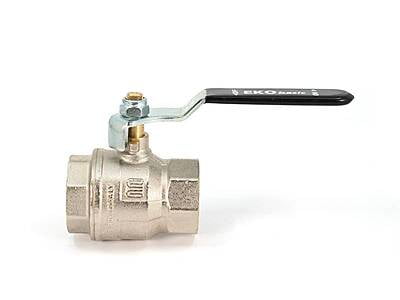Plumbing Materials and Fittings
Plumbing fittings are components that are used to connect, join, and control the flow of water in plumbing systems. These fittings are crucial for ensuring the integrity of a plumbing system, preventing leaks, and allowing water to be directed to the desired locations. There are various types of plumbing fittings, each serving specific purposes. Here are some common plumbing fittings and their uses:
Elbows: Elbows are L-shaped fittings used to change the direction of water flow in a plumbing system. They come in various angles, such as 90 degrees or 45 degrees, and are commonly used to navigate around obstacles or connect pipes at different angles.
Tees: Tees are T-shaped fittings that allow the flow of water to be split into two directions. They are used to connect three pipes at right angles and are commonly found in branching or distribution points in plumbing systems.
Couplings: Couplings are used to join two pipes together. They are typically used when a section of pipe needs to be extended or repaired. There are different types of couplings, such as compression couplings and slip couplings.
Reducers: Reducers are fittings used to connect pipes of different diameters. They come in various shapes, including concentric and eccentric, and are used to transition from a larger pipe to a smaller one or vice versa.
Adapters: Adapters are used to connect pipes of different materials or types. They enable transitions between, for example, copper and PVC pipes or threaded and non-threaded pipes.
Caps and Plugs: Caps and plugs are used to seal the ends of pipes or fittings. Caps are typically used for permanent closures, while plugs can be removed for maintenance or inspections.
Nipples: Nipples are short lengths of pipe with threads on both ends. They are used to extend pipe length, connect two threaded fittings, or create close-coupled connections.
Flanges: Flanges are flat, circular fittings with holes for bolts. They are used to connect pipes and fittings to equipment or other pipes, such as valves, pumps, or tanks.
Unions: Unions consist of three parts: two threaded or socket ends and a central nut. They allow for the easy disconnection of pipes without the need for cutting or unscrewing.
Valves: While technically not a fitting, valves are essential components in plumbing systems. They control the flow of water by opening and closing, regulating pressure, and directing water to specific outlets. Common types of valves include ball valves, gate valves, and globe valves.
Couples and Adapters: These fittings are used to join two pipes or tubing of the same diameter. They may have threaded or socket ends for various types of connections.
Hose Bibbs and Sillcocks: These outdoor faucets provide a point of attachment for hoses or other water sources and are commonly used for gardening and outdoor water access.
P-traps and S-traps: These are types of traps used in drain systems to prevent sewer gases from entering a building while allowing water and waste to flow out.
Compression Fittings: These fittings use a compression ring or ferrule to connect pipes without the need for soldering or welding. They are commonly used in copper and plastic pipe systems.
Push-Fit Fittings: These fittings use a push-to-connect mechanism to join pipes without the need for tools or adhesives. They are often used in PEX and PVC pipe systems.
Quick Disconnect Fittings: These fittings are designed for easy and rapid assembly and disassembly, making them suitable for applications that require frequent maintenance or changes.
The choice of plumbing fittings depends on the specific plumbing system, the types of pipes used, and the requirements of the installation. Proper selection and installation of fittings are crucial to ensure the functionality and reliability of a plumbing system.

